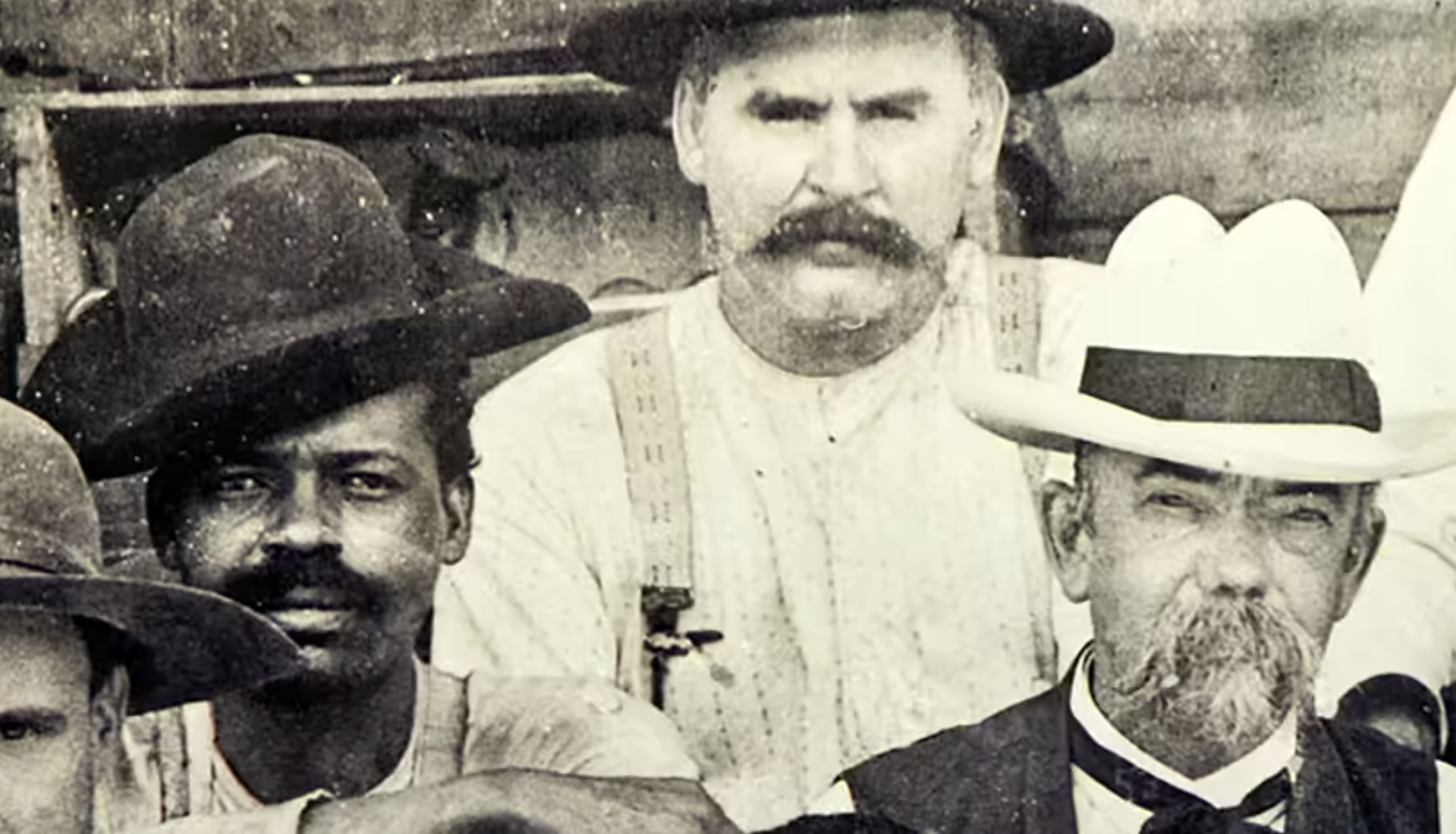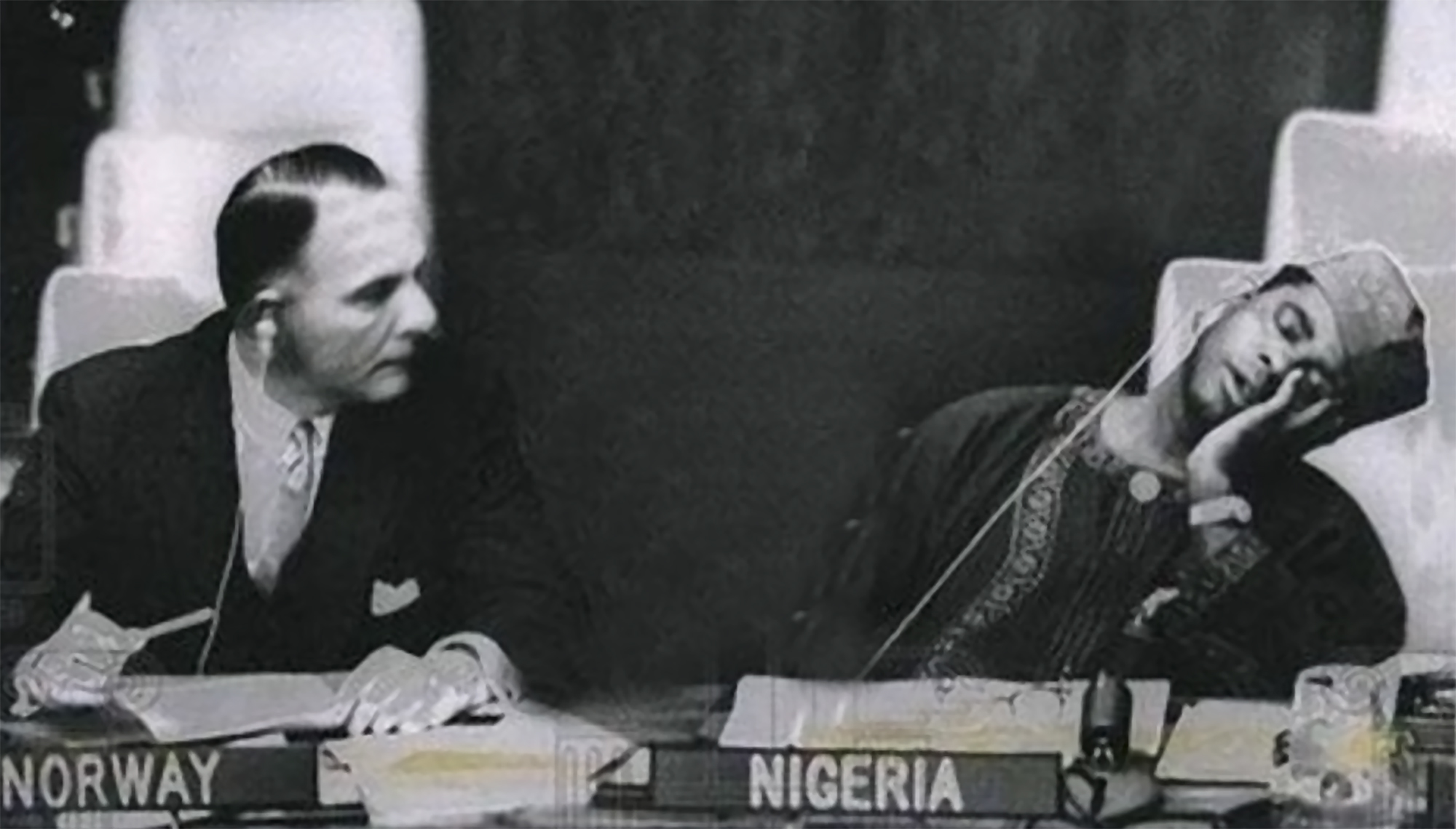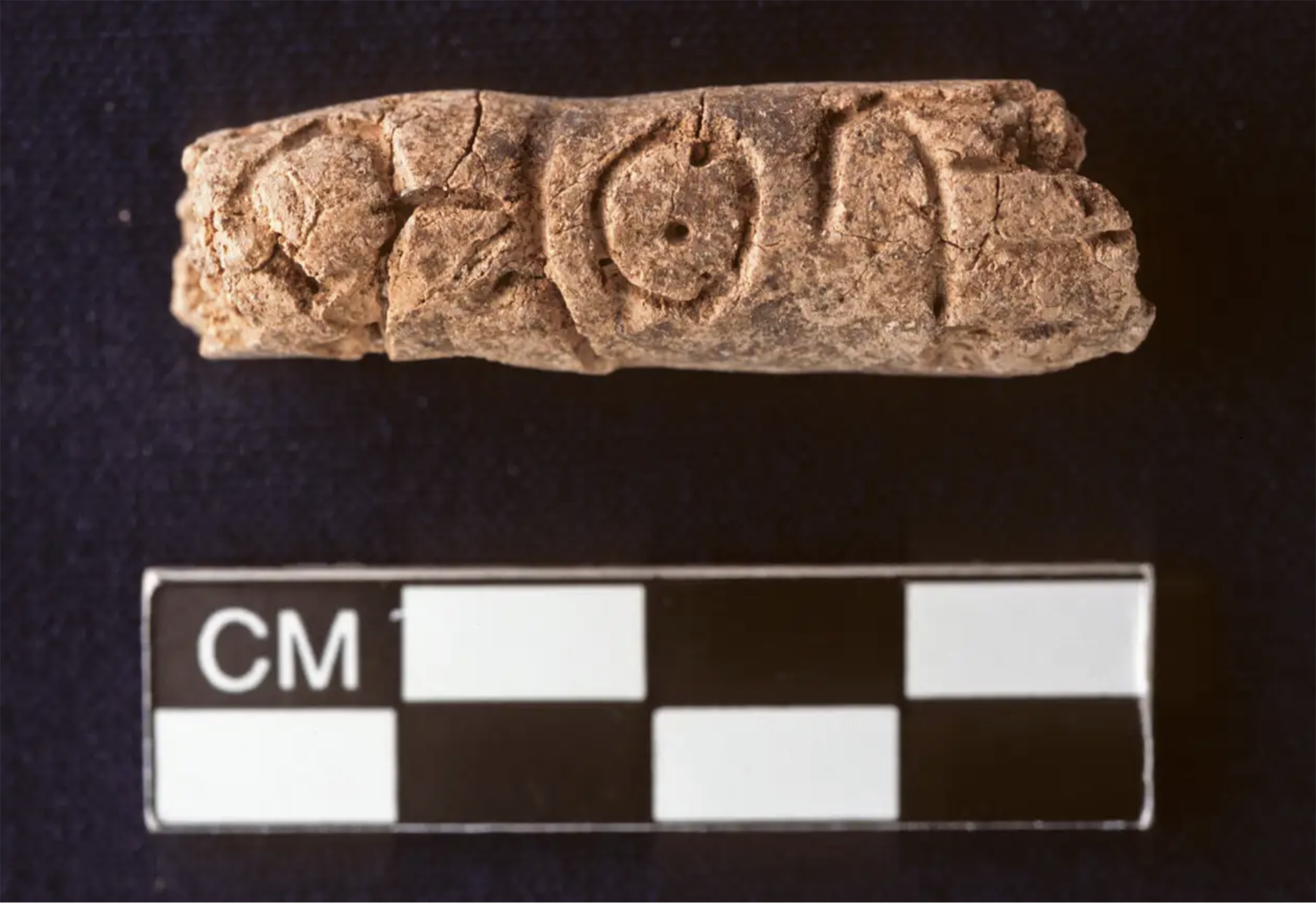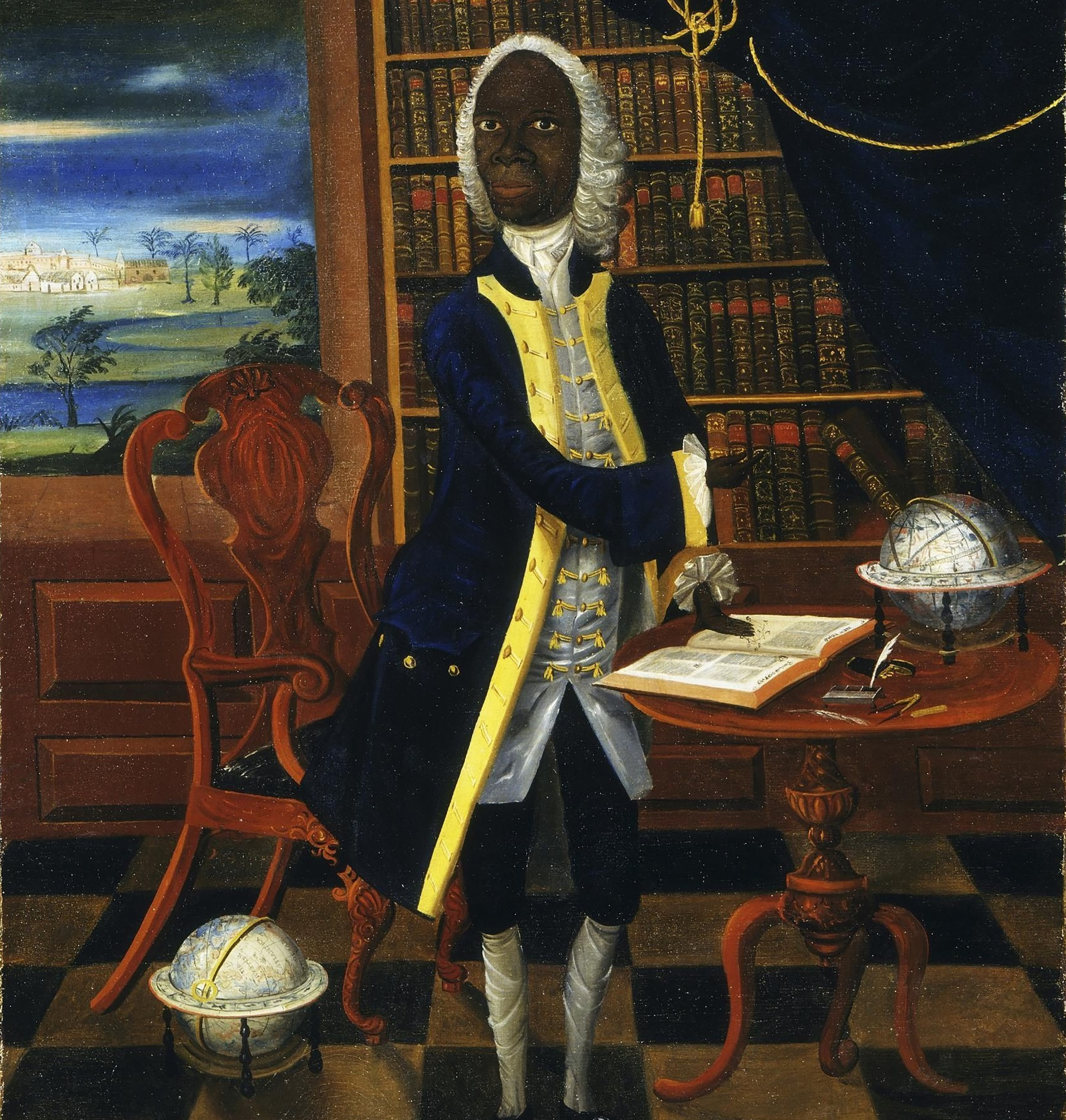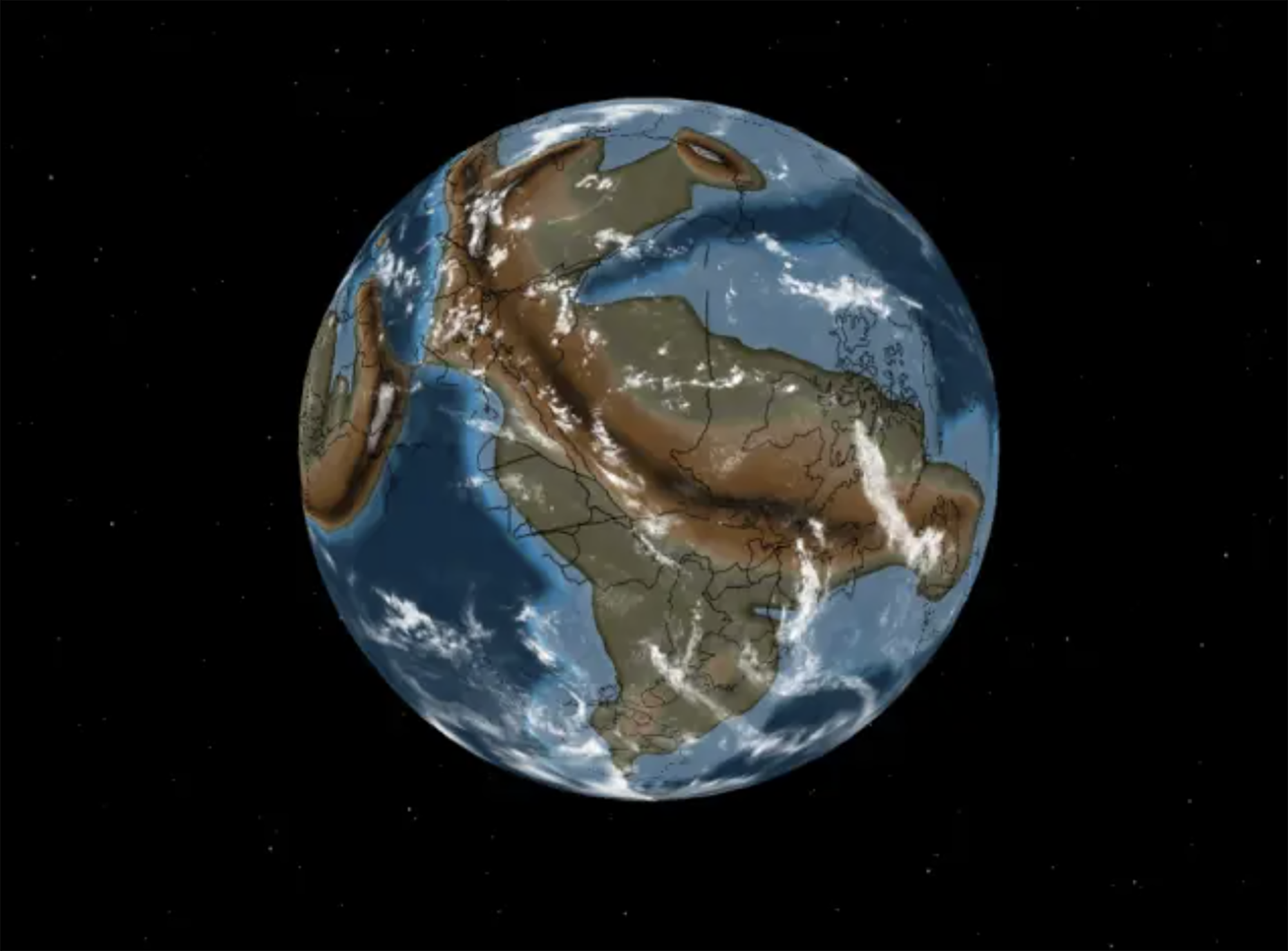Who is the killer? Anopheles
- Born December 4, 1899 The team of researchers led by the zoologist Giovanni Battista Grassi (1854-1925) reported that the way to contaminate malaria was the Anopheles mosquito.
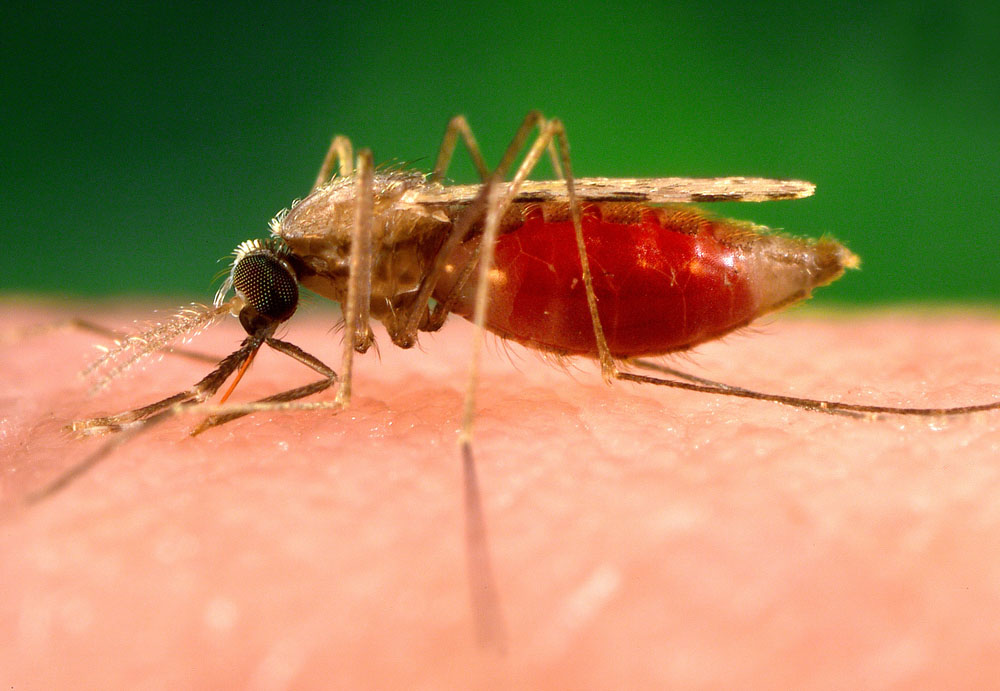
Thus, they obtained tests against one of the greatest murderers in history, or rather against the murderer's accomplice, as the disease is caused by parasitic plasmodium.
In ancient times they believed that the cause of the disease was stagnant water, hence the name of malaria (in Italian, “bad air”). By the end of the 19th century it had long been suspected that it was not of real origin, but there was no evidence against the principal suspect. Grassi's team thought about using a healthy volunteer and letting a contaminated mosquito grab him. The result was positive for the researchers, not so much for the volunteer who had been made with malaria.
But it wasn't a definitive test. At that time, Rome was within the risk zone of malaria, and the volunteer might have taken the disease by another route. In a low-risk area, it was necessary to get malaria contaminated. For this reason, Grassi sent several infected mosquitoes to the laboratory of Scottish physician Patrick Manson (1844-1922). Thurburn, Manson's son, volunteered in this case. As he was also a medical student, he learned very carefully what had happened. “The first mosquitoes came on July 5. They were in poor condition (…) The second shipment came on August 29, and the mosquitoes did not stop grabbing me in the hands (…). I was fine until 13 September. That morning I felt weak and at 4:30 I slept with a lot of headache, chills, weakness, back and bone pain and fever.”
Two or three months later, Grassi told him, he had no hesitation in identifying the culprit. But this effort had no reward.
Thurburn Manson captured a mild variant of non-fatal malaria and completed it in five days. Shortly afterwards he passed the latest tests and got the title of doctor. But two years later, he'd die of an accidental shot.
Grassi had a great chance of winning the Nobel. But a few months later, the bacteriologist Ronald Ross (1857-1932) came to the same conclusion and, due to some tensions of the past, he was finally awarded the Scottish award in 1902.
And even though Grassi's work and all those who have come later have managed to reduce malaria, the culprit is still not fully controlled; in 2016, malaria sickened 216 million people and died 445,000.
In 2017, Indonesia and the Netherlands signed an agreement to return the heritage stolen by the European country because of colonialism for three centuries. The Indonesian responsible for the return process, Gusti Agung Wesaka Puja, explained that this agreement "was important in... [+]
Greece 1975. The country began the year as a republic, three weeks earlier, in the referendum on 8 December 1974, after the citizens decided on the end of the monarchy.
A decade earlier, in 1964, when King Paul I died, his son Constantine took the throne at the age of 23.
But... [+]
Copenhagen, 18 December 1974 At 12 noon a ferry arrived at the port, from where a group of about 100 Santa Claus landed. They brought a gigantic geese with them. The idea was to make a kind of “Trojan Goose” and, upon reaching the city, to pull the white beard costumes... [+]
Tennessee (United States), 1820. The slave Nathan Green is born, known as Nearest Uncle or Nearest Uncle. We do not know exactly when he was born and, in general, we have very little data about him until 1863, when he achieved emancipation. We know that in the late 1850s Dan... [+]
New York, 1960. At a UN meeting, Nigeria’s Foreign Minister and UN ambassador Jaja Wachucu slept. Nigeria had just achieved independence on 1 October. Therefore, Wachuku became the first UN representative in Nigeria and had just taken office.
In contradiction to the... [+]
Researchers at Johns Hopkins University have discovered several cylinders with inscriptions at the present Syrian Reservoir, the Tell Umm-el Marra. Experts believe that the signs written in these pieces of clay can be alphabetical.
In the 15th century a. The cylinders have... [+]
London 1928. At the Victoria and Albert Museum there was a very special painting: in the painting there is a black man, with wig and Levite, surrounded by books and scientific instruments. Thus it was catalogued in the Museum: “Unique satirical portrait representing a failed... [+]
Ethiopia, 24 November 1974. Lucy's skeleton was found in Hadar, one of the oldest traces of human ancestors. The Australian hominid of Australopithecus afarensis is between 3.2 and 3.5 million years old.
So they considered it the ancestor of species, the mother of all of us. In... [+]
A group of archaeologists from the University of Berkeley, California, USA. That is, men didn't launch the lances to hunt mammoths and other great mammals. That was the most widespread hypothesis so far, the technique we've seen in movies, video games ...
But the study, published... [+]
Zamora, late 10th century. On the banks of the Douro River and outside the city walls the church of Santiago de los Caballeros was built. The inside capitals of the church depict varied scenes with sexual content: an orgy, a naked woman holding the penis of a man… in the... [+]
Born 7 November 1924. A group of anarchists broke into Bera this morning to protest against the dictatorship of Primo de Rivera and to begin the revolution in the Spanish state.
Last October, the composition of the Central Board was announced between the displaced from Spain... [+]
A group of interdisciplinary researchers from the Free University of Berlin and the Zuse Institute have developed a complex mathematical model to better understand how Romanization spread in North Africa.
According to a study published in the journal Plos One, the model has... [+]
Washington (EE.UU. ), 1807. The US Constitution banned transatlantic slave trade. This does not mean that slavery has been abolished, but that the main source of the slaves has been interrupted. Thus, slave women became the only way to “produce” new slaves.
So in 1845, in... [+]
Japan, 6 and 9 August 1945, the United States launched an atomic bomb causing tens of thousands of deaths in Hiroshima and Nagasaki; although there are no precise figures, the most cautious estimates indicate that at least 210,000 people died at the end of that year. But in... [+]














